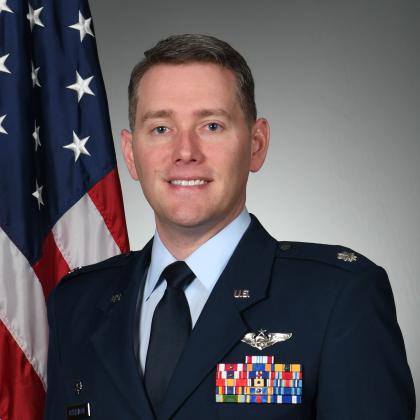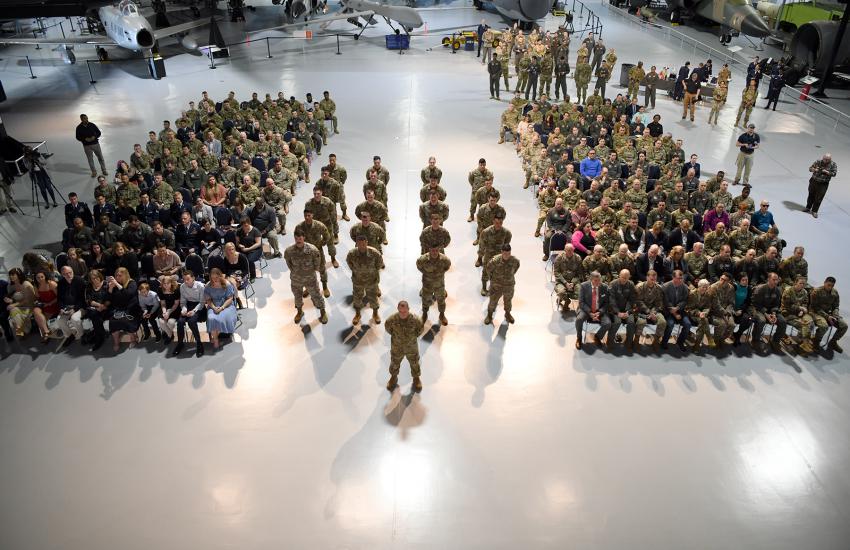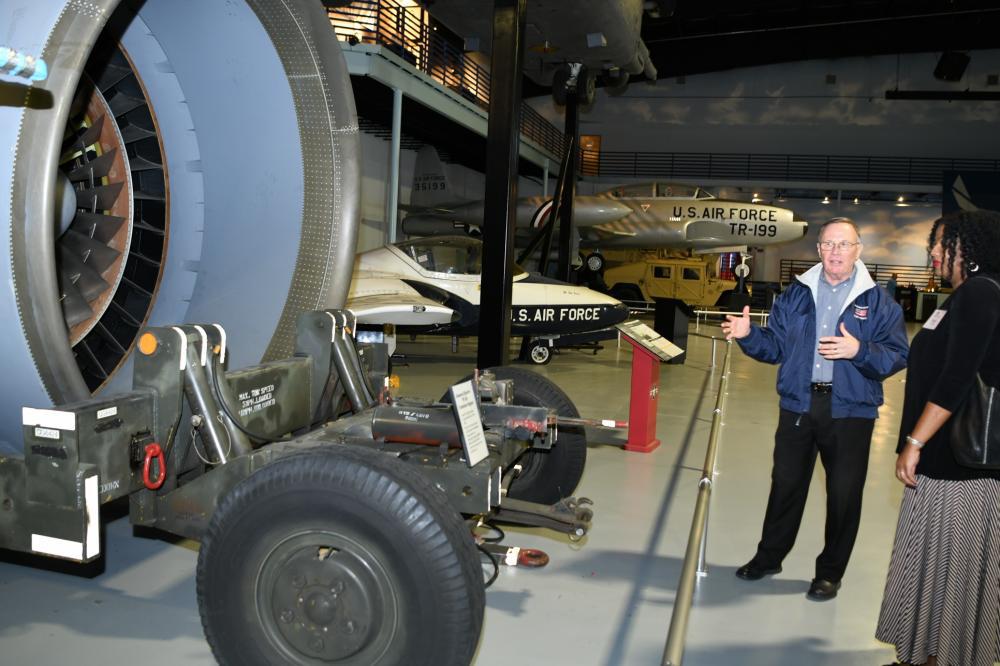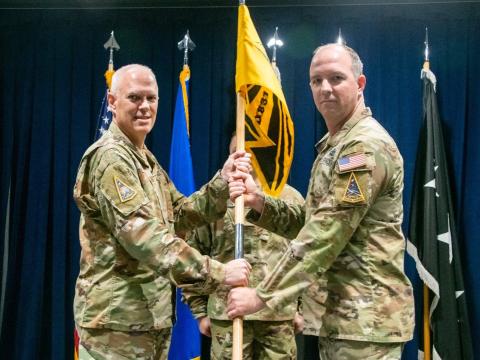New Air Force Squadron Builds on Middle East Operational Experience
A new U.S. Air Force new organization, the 728th Battle Management Control Squadron at Robins Air Force Base, Georgia, will take on the responsibility of providing 24/7 persistent surveillance and command and control capabilities needed for air battle management. The 728th Battle Management Control Squadron will be providing support to the Air Force Central Command (AFCENT) in its area of responsibility (AOR) of the Middle East, and more broadly, the U.S. Central Command.
The mission also is evolving from an Air National Guard mission to an active-duty led unit, explained Lt. Col. Joshua Gulbranson, USAF, the new commander of the 728th Battle Management Control Squadron. The squadron will also take over the duties of the 727th Expeditionary Air Control Squadron, which operates at Shaw Air Force Base, South Carolina.
The establishment of the squadron is part of several other moves meant to bolster the Air Force's command and control, battlefield management and electromagnetic warfare at Robins. The service is adding four new missions at the base, including an airborne command and control squadron; flying the E-11A Battlefield Airborne Communications Node, or BACN, aircraft; an Advanced Battle Management System (ABMS) family of systems; and a spectrum warfare group.
Previously at Robins, Col. Gulbranson was the program integration office lead for the 461rst Air Control Wing, which in some respects, is a continuation of similar duties, he said.
“The mission of the Battle Management Control Squadron is to provide command and control for the Air Force Central Command area of operations from a continuous presence here at Robins,” the commander explained. “Objective number two is to build that into the capacity to provide command and control for U.S. combatant commanders globally. And we will be able to do that from Robins.”
For the mission, the squadron is pulling in experienced airmen, including air battle managers, mission system operators and weapons directors. With the Air Force’s move away from the nearly 30-year-old E-8C Joint Surveillance Target Attack Radar System, or JSTARS aircraft, these personnel already have a clear understanding of the squadron’s mission. Robins had held the JSTARS mission of airborne battle management, command and control, intelligence, surveillance and reconnaissance for many years.
“We're leveraging the divestment of the E8-JSTARS,” Col. Gulbranson said. “A lot of the makeup of the squadron are air battle managers who are going from the E-8-JSTARS platform and coming over to our unit. The two other enlisted specialties are mission systems operators and weapons directors. Weapons directors are, in some respects, synonymous with air battle managers. It's command and control, controlling aircraft, sort of like what an air traffic controller does. But the first goal is to do it for the Air Forces Central Command or CENTCOM area of operations in the Middle East. And this mission has been ongoing for the greater part of the last couple decades. We've got a lot of lessons learned from doing it for that long, and we know what is needed.”
According to a spokesperson from the base, the E-8C JSTARS fleet will continue to fly through fiscal year 2024, when they are expected to be fully divested. The squadron will rely on a variety of radar and sensor capabilities to execute its mission, and the ground moving target indicator capability provided by the JSTARS will be covered by a number of other intelligence, surveillance and reconnaissance platforms until a space-based capability can be fielded, they said.
Col. Gulbranson expects a phased-in approach to the start of the unit, with phase one involving the deployment of some of the squadron’s controllers, weapons directors and mission systems operators.

The mission of the Battle Management Control Squadron is to provide command and control for the Air Force Central Command area of operations from a continuous presence here at Robins.
In addition, the new squadron will rely on various other Air Force capabilities and expertise when needed, the commander said. “A sister squadron to us is the Aircraft Communication Networks Squadron here at Robins, and they are growing in their capacity to support the mission,” he stated. “So, there's a communications footprint that's increasing here as well. The 505th Command and Control Wing, they have a specific mission set that we're leveraging, and their expertise and experience. There is a squadron out at Kirtland [Air Force Base] that we're relying on as well, primarily due to their simulator abilities. And we maintain pretty close contact with the schoolhouse and the FTUs [formal training units] at both Tyndall Air Force Base and Luke Air Force Base. We're pretty well connected across the across the force.”
With the squadron being active-duty led, the existing 78th Air Base Wing will increase the support “that they've been doing over the last couple of decades,” Col. Gulbranson said.
The squadron was activated at Robins Air Force Base on February 13 and expects to reach full operational capability by fiscal year 2025.
“With us being command and controlling the Middle East AOR, if you will, for the last few decades, the infrastructure is definitely there,” the commander stated. “It's already established, it's already built, and we are tapping into that. But with us being the first of its kind in the Air Force, it's a luxury and it's also a significant challenge at the same time.”






Comments